

Licking River Kennel Club

Throughout the year, the Licking River Kennel Club provides training classes for the American Kennel Club Canine Good Citizen (CGC) Program. The CGC Program was started as a means for rewarding dogs who were well behaved both as companion dogs, and within the community. The American Kennel Club has now included the completion of the Canine Good Citizen Program as part of their Title Recognition program. Dogs who successfully complete the title requirements can have the suffix letters “CGC” added to their dog’s AKC, PAL or AKC Canine Partners Program registration.
Other Canine Good Citizen programs through the American Kennel Club include S.T.A.R. Puppy, AKC Urban CGC and AKC Community Canine. For general information about the Canine Good Citizen Program, visit the American Kennel Club website.
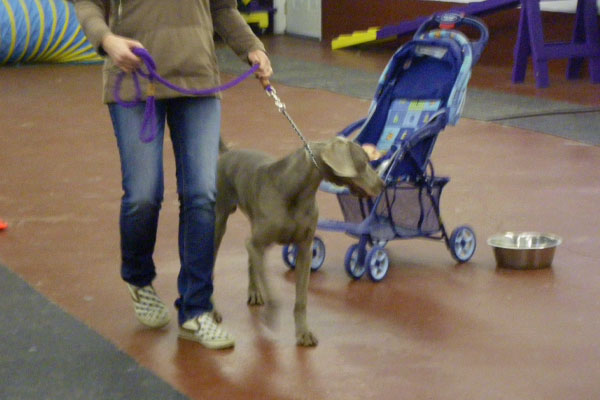
The American Kennel Club started the Canine Good Citizen (CGC) program in 1989 as a means of rewarding dogs who were well behaved companions at home and in the community. The goals of the CGC program are to: 1) Teach responsible dog ownership to owners and 2) Provide basic training and good manners to dogs.
A key component of the CGC program is the 10-step CGC Test.
To pass the CGC Test, your dog must be able to pass the following testing items:
This test demonstrates that the dog will allow a friendly stranger to approach it and speak to the handler in a natural, everyday situation. The Evaluator and handler shake hands and exchange pleasantries. The dog must show no sign of resentment or shyness, and must not break position or try to go to the Evaluator.
This test demonstrates that the dog will allow a friendly stranger to touch it while it is out with its handler. The dog should sit at the handler’s side as the Evaluator approaches and begins to pet the dog on the head and body only. The dog may stand in place to accept petting. The dog must not show shyness or resentment.
This practical test demonstrates that the dog will welcome being groomed and examined and will permit a stranger, such as a veterinarian, groomer or friend of the owner, to do so. It also demonstrates the owner’s care, concern and sense of responsibility. The Evaluator inspects the dog, then combs or brushes the dog, and lightly examines the ears and each front foot.
(Walking on a Loose Leash)
This test demonstrates that the handler is in control of the dog. The dog can be on either side of the handler, whichever the handler prefers. There must be a left turn, a right turn and an about turn, with at least one stop in between and another at the end. The dog need not be perfectly aligned with the handler and need not sit when the handler stops.
This test demonstrates that the dog can move about politely in pedestrian traffic and is under control in public places. The dog and handler walk around and pass close to several people (at least three). The dog may show some interest in the strangers, without appearing over exuberant, shy or resentful. The handler may talk to the dog and encourage or praise the dog throughout the test. The dog should not be straining at the leash.
This test demonstrates that the dog has training, will respond to the handler’s command to sit and down, and will remain in the place commanded by the handler (sit or down position, whichever the handler prefers). The handler may take a reasonable amount of time and use more than one command to make the dog sit and then down. When instructed by the Evaluator, the handler tells the dog to stay and walks forward the length of a 20-foot line. The dog must remain in place, but may change positions.
This test demonstrates that the dog will come when called by the handler. The handler will walk 10 feet from the dog, turn to face the dog, and call the dog. The handler may use encouragement to get the dog to come. Handlers may choose to tell the dog to “stay” or “wait,” or they may simply walk away, giving no instructions to the dog as the Evaluator provides mild distraction (e.g., petting).
This test demonstrates that the dog can behave politely around other dogs. Two handlers and their dogs approach each other from a distance of about 10 yards, stop, shake hands and exchange pleasantries, and continue on for about 5 yards. The dogs should show no more than a casual interest in each other.
This test demonstrates that the dog is confident at all times when faced with common distracting situations, such as the dropping of a large book or a jogger running in front of the dog. The dog may express a natural interest and curiosity and/or appear slightly startled, but should not panic, try to run away, show aggressiveness or bark.
This test demonstrates that a dog can be left with a trusted person, if necessary, and will maintain its training and good manners. Evaluators are encouraged to say something like, “Would you like me to watch your dog?” and then take hold of the dog’s leash. The owner will go out of sight for three minutes. The dog does not have to stay in position but should not continually bark, whine, or pace unnecessarily, or show anything stronger than mild agitation or nervousness.
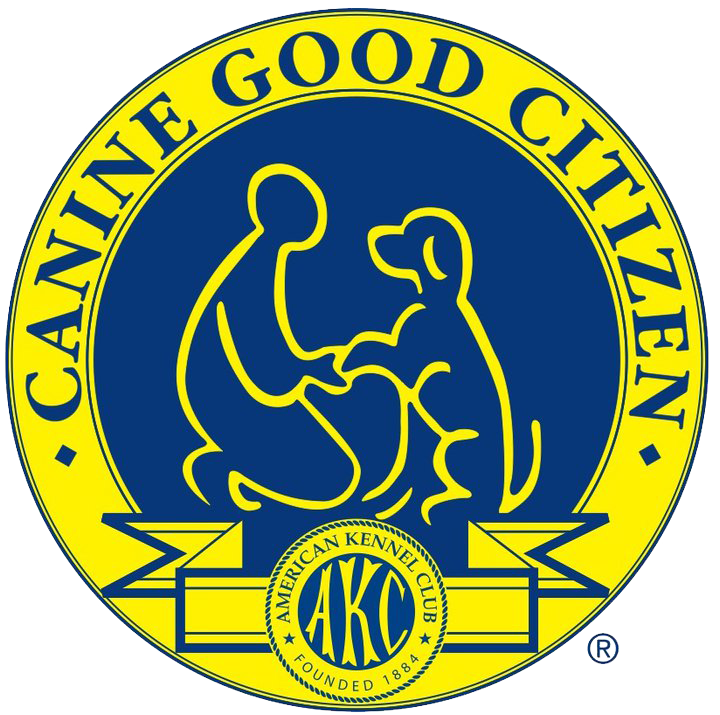
Contact Pat Smith or Danielle Dudley for more details on the CGC program and test. We hope to see you and your best friend (and CGC candidate) at one of our two yearly CGC testing times.
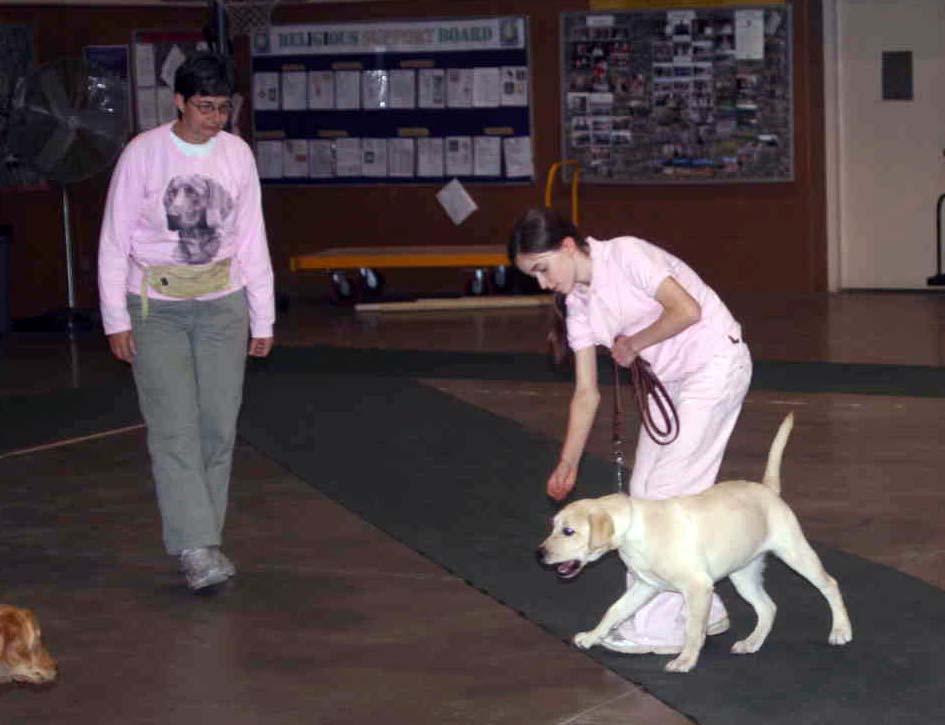
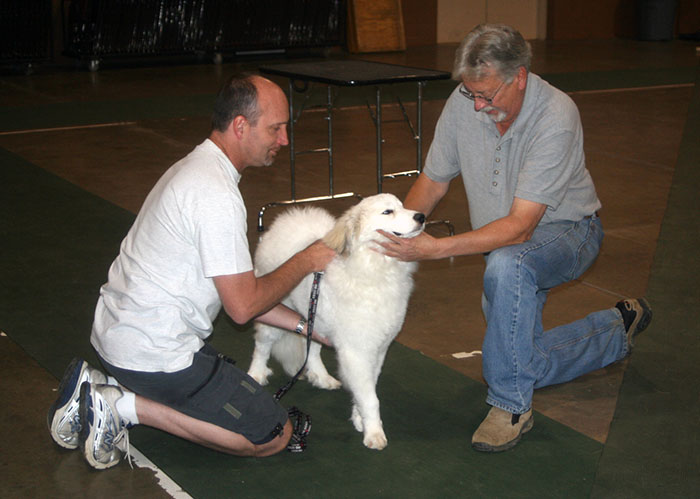
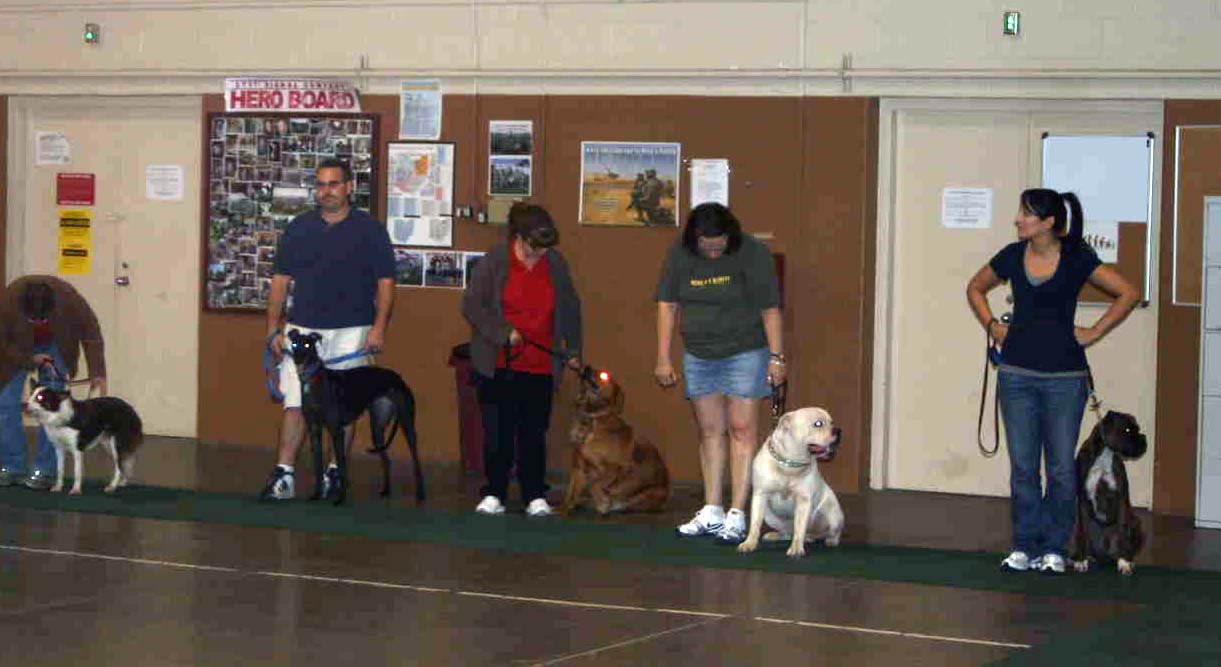

Our Mission:
To promote the quality of life for our canine friends through training and community involvement.
Find us on Facebook
Southgate Church of Christ
1075 S. 30th St.
Heath, OH
7:00 pm
© Licking River Kennel Club. All Rights Reserved.